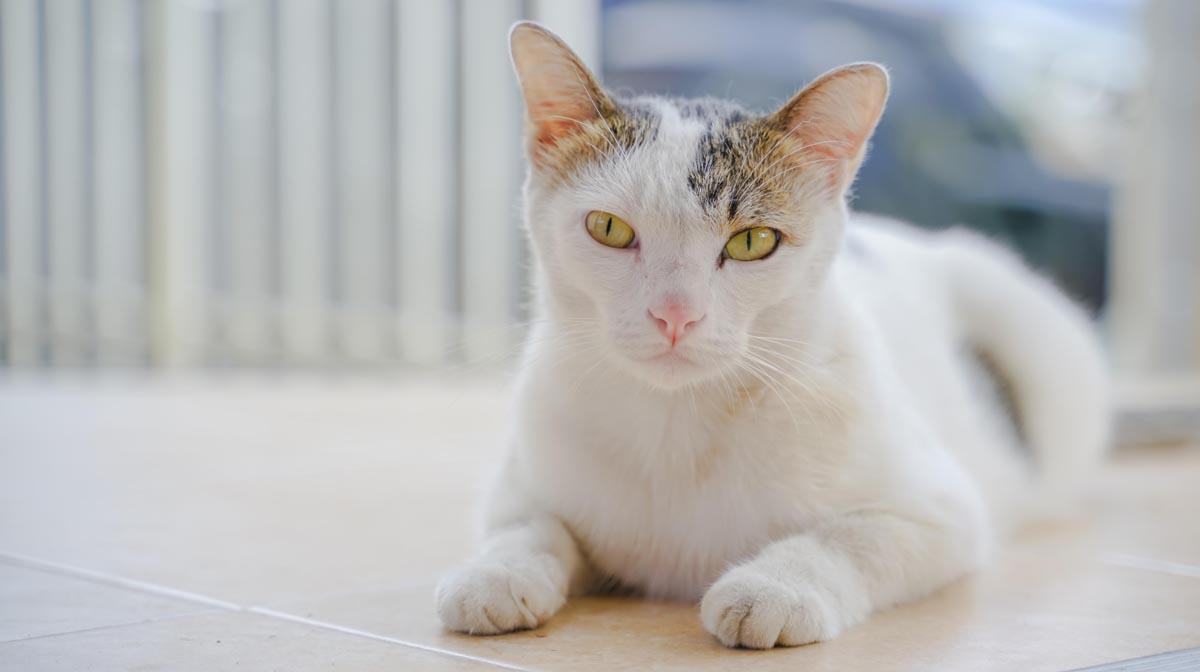What is folliculitis?
Folliculitis is an inflammation or infection of the hair follicles, characterised by the presence of red bumps on your cat’s skin. The condition occurs when bacteria, which normally reside on the skin invade the hair follicle, usually due to damage caused by itching, scratching or inflammation. Feline acne, allergic dermatitis, mites, metabolic disorders, flea bite allergy and stud tail can both lead to folliculitis in the cat.
Folliculitis may be primary or secondary. Most cases of folliculitis in cats are secondary to an underlying condition (see above). The most common bacteria found in feline folliculitis is Pasteurella, Streptococci, and Malassezia.
Clinical signs
- Red or pus-filled papules on around one or more hair follicles.
- Small fissures (splits or cracks) or ulcers may occur in more severe cases.
- Thinning or bald patches may occur in the affected area.
- If feline acne is present, the follicles may contain blackheads, with surrounding skin red and inflamed.
- Itchiness. Your cat may frequently scratch and rub the affected area.
- Localised lymph node swelling may occur.
- Pain.
Diagnosis
Your veterinarian will carefully examine your cat’s skin and obtain a medical history from you. He may need to rule out other possible causes such as ringworm, eosinophilic granuloma, and cancer. These may include:
- Skin scrapings and fungal/bacterial culture and sensitivity.
- Cytological examination (evaluation of cells from the affected area).
- Patch test to expose the skin to multiple “allergens” (common substances which can cause allergies) and the skin is then evaluated for redness/swelling to a particular allergen.
- Biochemical profile, complete blood count, and urinalysis may also be recommended to evaluate the overall health of your cat and check for possible systemic disorders.
Treatment
Finding the underlying cause, and treating if possible.
- Switch from plastic to glass or ceramic food bowls and wash daily. Clean the skin with iodine (diluted to the colour of weak tea), Epsom salts or witch hazel.
- If an allergy is a cause, remove the allergen if possible. Common allergens include plants, food, chemicals, soaps, and detergents.
- Medicated shampoos or topical preparations to help dry up the pustules and relieve itching.
- Antibiotic therapy for 2-4 weeks.
- Topical glucocorticoids to reduce inflammation and itchiness.

